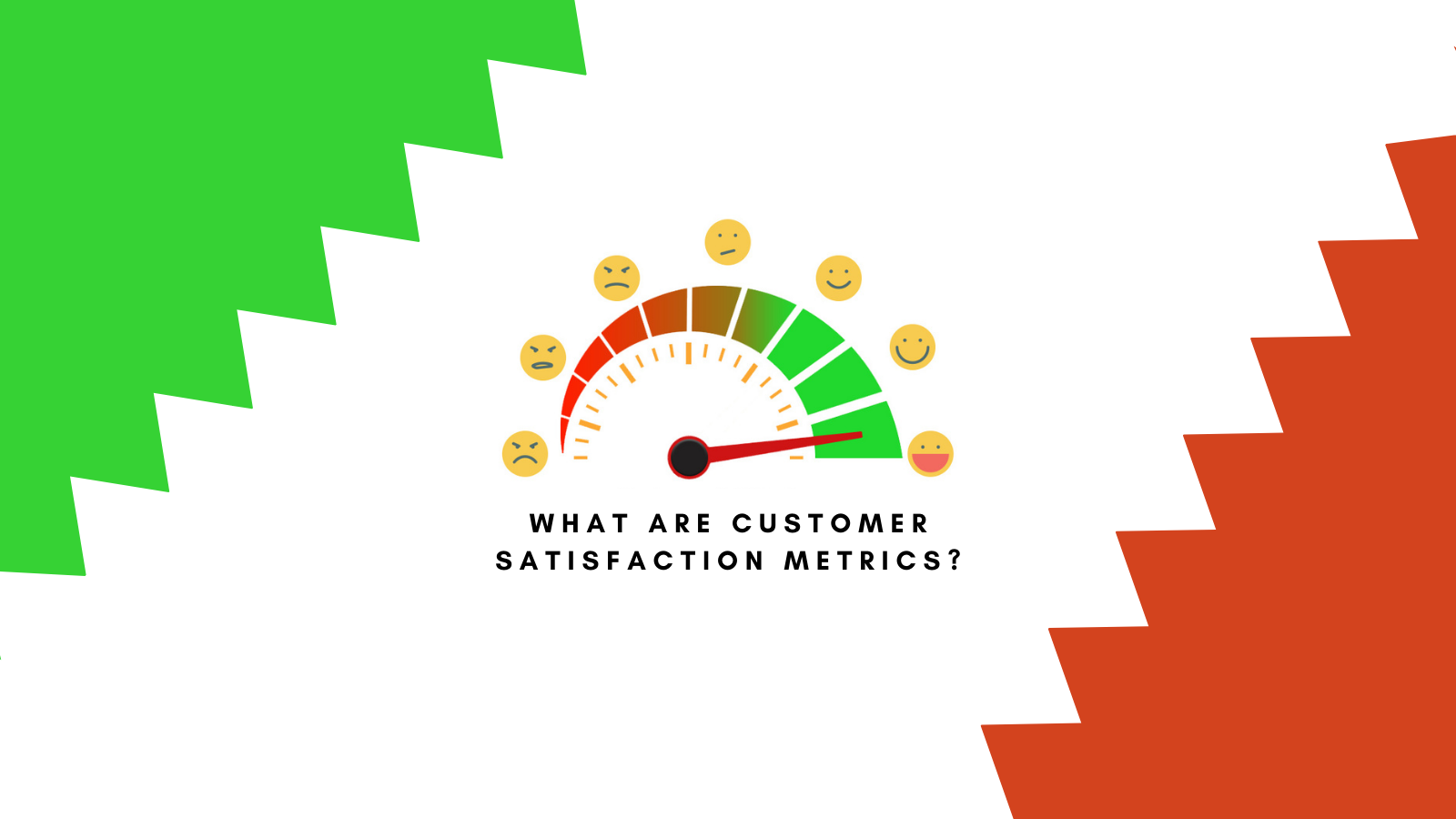For any industry, customer satisfaction is necessary for a business to be sustainable. So let’s begin with “What are customer satisfaction metrics“.
Customer satisfaction is at the center of the priorities for any type of industry. An essential stake for any sector with strong competition.
Customer satisfaction mandates the customers to remain loyal as long as they are associated with the business.
Why customer satisfaction is so important?
A satisfied customer is a customer who rejuvenating experience at every purchase for the service or products he/she makes.
A loyalty program is therefore essential; it will, in the long term, displays a possibility to increase business goodwill and revenue.
Customer satisfaction is the result of the customer’s experience with a product or service. This might be positive or negative.
This depends on multiple factors and is based in particular on factual, tangible elements, or even numerous subjective parameters.
Word of mouth is a typical example of an emotional factor in the concept of customer satisfaction.
For example, online customer recommendations and reviews can predispose future customers to the service they will receive.
You should know that an unhappy customer is a costly customer. Indeed, 91% of dissatisfied customers will not repeat the experience in an establishment and will turn to the competition unless you have the product/service which is under your possession only which is not at all possible.
This is a direct loss on the bottom line. In addition, the consequences of word of mouth will also be harmful and significant making them impacting the business overall.
How to better satisfy its customers?
In order to implement an effective customer satisfaction strategy, it is essential to set goals.
The objectives make it possible to understand the relevance of this strategy as well as to determine the use of the data collected subsequently.
In order to gain the trust of a customer, they must feel understood and recognized. It may sound obvious, but listening is essential.
Care must be taken in exchanges in any type of industry.
- Greetings.
- A smile.
- Eye contact.
- Posture.
These are necessary when welcoming the client.
This can be explained by several reasons, including a larger budget granted by loyal customers.
It is estimated that a regular customer spends on average 67% more than a new customer.
Online or family recommendations are also decisive.
We can see a 25 to 95% increase in revenues for an increase of only 5% in the retention rate.
A loyal customer is a less volatile customer because they are emotionally attached to the establishment they have chosen.
In addition, the satisfied customers could become a recommending and communicating source about the establishment in question.
How to measure customer satisfaction?
After the implementation of various practices to increase customer satisfaction, measuring the satisfaction rate is the only way to know the results of these actions.
There are several measurement tools, here are 3:
1 – The Customer Satisfaction Score (CSAT)
CSAT is nothing but a global indicator that can be used in the short term. It usually looks like this: Overall, are you satisfied with (Specific brand)? Answers correspond to ratings or stars ranging from 1 to 5:
- Very satisfied.
- Somewhat satisfied.
- Neutral.
- Not satisfied.
- Not at all satisfied.

This KPI gives you the option of commenting, which allows analyzing the areas of dissatisfaction.
The statistics are generally communicated by the establishments when they have reached more than 70% satisfaction.
2 – Net Promoter Score (NPS)
On the other hand, the NPS is used in the longer term. This indicator measures customer loyalty because it assesses those who recommend an establishment.
Indeed, it usually takes the form of “On a scale of 0 to 10, how likely is it that you will recommend our brand to your loved ones?”

This KPI is measured on a scale of 0 to 10 and classifies consumers into 3 categories:
- Detractors (scores of 6 and less).
- Passive customers (scores of 7 to 8).
- Promoters (scores of 9 and 10).
This indicator makes it possible to differentiate customers and measures their attachment to an establishment.
A valuable indicator because its analysis and improvement allow an increase in turnover. An average 7% increase in NPS resulted in a 1% increase in sales.
3 – Customer Effort Score (CES)
An entirely different indicator, the CES aims to assess the quality of customer service in relation to the effort that it has had to provide.
Actually, it stated that “How much effort did you have to put in to get your request processed?”
It, therefore, consists in analyzing a customer’s satisfaction with his request in relation to the level of effort implemented.
The answer may range between 1 to 5 (Low level to High level). It is estimated that 88% of customers who reported a low effort are willing to increase their spending.
Conversely, 81% of consumers who have made an effort that they consider intense report an intention to spread negative word of mouth. This is all about “What are customer satisfaction metrics”.




